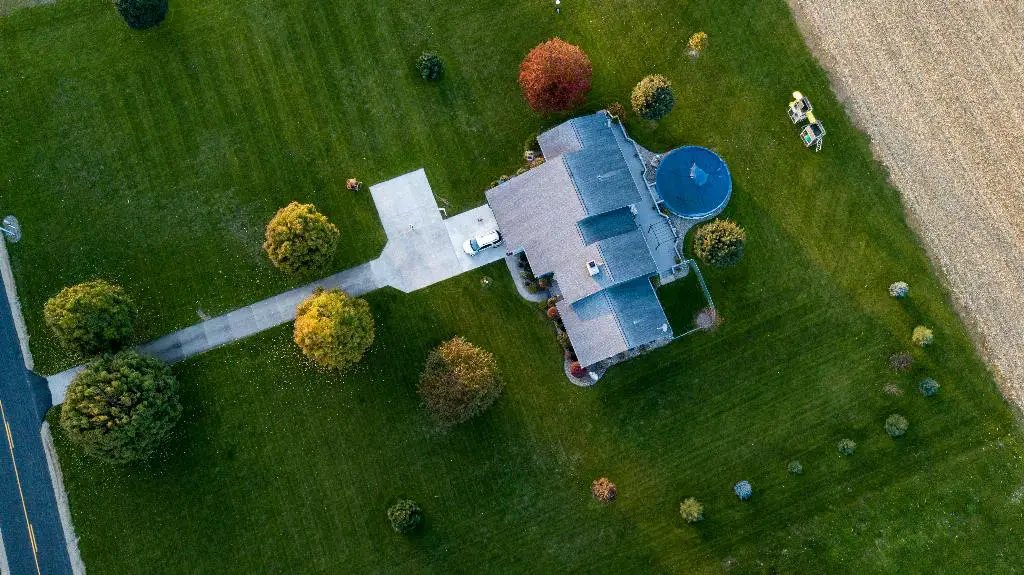When it comes to disposing of lawn clippings, there are several environmentally-friendly options that can benefit both your garden and the planet. One of the easiest and most sustainable methods is to simply leave the grass clippings on your lawn after mowing. This practice, known as grasscycling, provides your lawn with essential nutrients, reduces the need for fertilizers, and helps retain moisture in the soil.
If you prefer to keep your lawn looking pristine without the visible grass clippings, you can consider adding them to your compost pile. Grass clippings are rich in nitrogen, which can help speed up the decomposition process and create nutrient-rich compost for your garden. Just be sure to mix the clippings with other organic materials like leaves and kitchen scraps to maintain a balanced compost mixture.
Another useful way to repurpose your grass clippings is by using them as mulch in your garden beds or around trees and shrubs. Mulching with grass clippings can help suppress weed growth, regulate soil temperature, and improve moisture retention. It also adds organic matter to the soil as it breaks down, enhancing soil fertility over time.
For those who don’t have a compost pile or garden beds, community composting facilities or municipal green waste collection programs may offer a solution for disposing of grass clippings responsibly. These facilities often accept yard waste, including grass clippings, to be composted on a larger scale and diverted from landfills.
If you have a larger quantity of grass clippings than your compost pile can handle, consider reaching out to local farmers or agricultural organizations. Some farmers use grass clippings as animal feed or bedding, providing a beneficial use for the clippings and reducing waste in the process.
In areas where burning of yard waste is allowed, some homeowners choose to burn their grass clippings. However, this practice can release harmful pollutants into the air and is not recommended due to the environmental impacts and potential health risks associated with burning organic matter.
Alternatively, some landscaping companies may offer grass clipping removal services for a fee. While this option provides convenience for homeowners who prefer not to manage their own yard waste, it’s important to inquire about how the clippings will be handled to ensure they are disposed of in an environmentally responsible manner.
When considering where to dump lawn clippings, it’s important to prioritize sustainability and environmental stewardship. By exploring the various options available for grass clippings disposal and choosing methods that support soil health, reduce waste, and benefit local ecosystems, you can contribute to a greener and more sustainable approach to lawn care.
Overall, the best way to dispose of grass clippings ultimately depends on your personal preferences, gardening practices, and access to resources. Whether you choose to grasscycle, compost, mulch, or explore other disposal methods, incorporating eco-friendly practices into your lawn care routine can have lasting benefits for both your garden and the environment.

